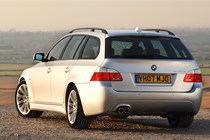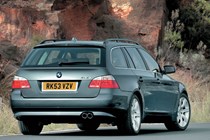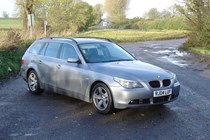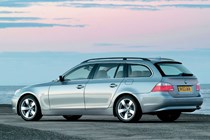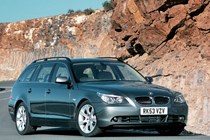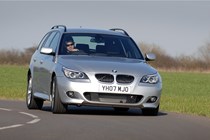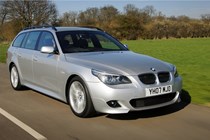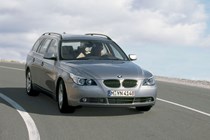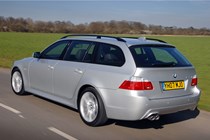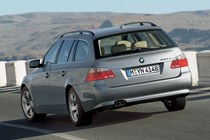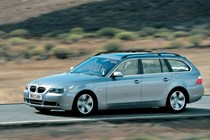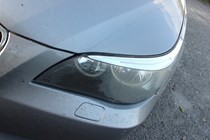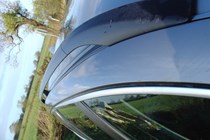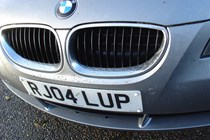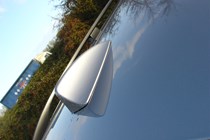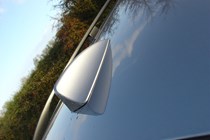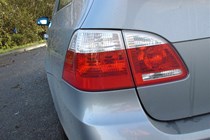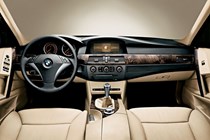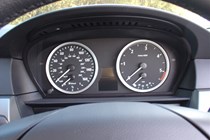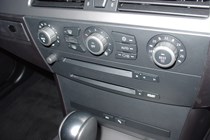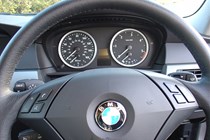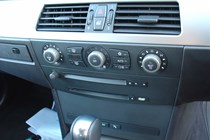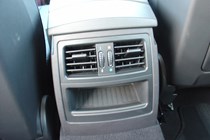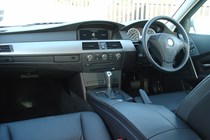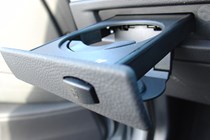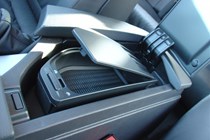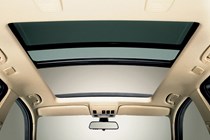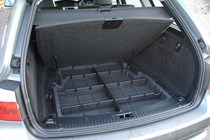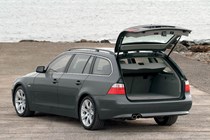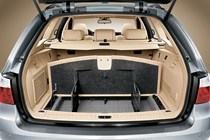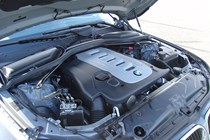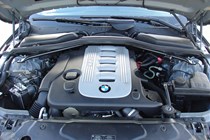
BMW 5-Series Touring (2003-2010) engines, drive and performance

The original engine line-up started with an entry level 170bhp 520i which was replaced in 2005 by a 174bhp 2.5-litre engine badged as the 523i. Performance is acceptable from both units and the motors are silky smooth too. BMW introduced a 520d in 2005 and with 163bhp it certainly feels keen enough while economy is impressive. Offerings further up the range include the 525i and 530i – initially the 525i developed 192bhp, but this was increased to 215bhp in 2005 while the 3.0-litre engine in the 530i was originally a 231bhp engine.
However changes in 2005 boosted maximum power to 258bhp before further modifications in 2007 resulted in 272bhp, with straight-line performance improving each time. The 2007 530i is capable of sprinting from rest to 62mph in 6.3 seconds while a V8 version of the 5-Series arrived in 2004 with the 545i – a 4.4-litre producing a whopping 333bhp. The V8 line-up broadened in 2005 with the 306bhp 540i and 367bhp 550i replacing the 545i.
Six-cylinder diesel versions of the 5-Series have also proved popular. The 525d launched with a 163bhp 2.5-litre engine in 2003, but this was upgraded to 177bhp a year later. The original 530d in 2003 used a 218bhp 3.0-litre which made it a performance diesel but it received an upgrade to 231bhp around the time the twin-turbo 535d arrived. Boasting more pulling power than the M5, the 272bhp 535d is the one of the best engines in the range and the ideal companion for long trips – thanks to fast and effortless pace along with surprising economy.
In May 2007 power was upped to 284bhp making it even quicker.
The rear-wheel drive 5-Series Touring is the benchmark for handling in the executive estate market and it’s easy to see why. Composed and surefooted at all times the precise steering and minimal body roll in corners make it feel more agile than it’s size suggests. It’s not as comfortable as the Mercedes E-Class but deals better with bends thanks to good steering feedback.
Buyers can also choose sports suspension as an option (it’s standard on Sport and M Sport models) which stiffens things further – although this makes the ride even harder. The optional active steering sharpens responses at low speed and allows greater precision at higher speeds but while the system is impressive, the standard steering is so good there seems little point in specifying it.



